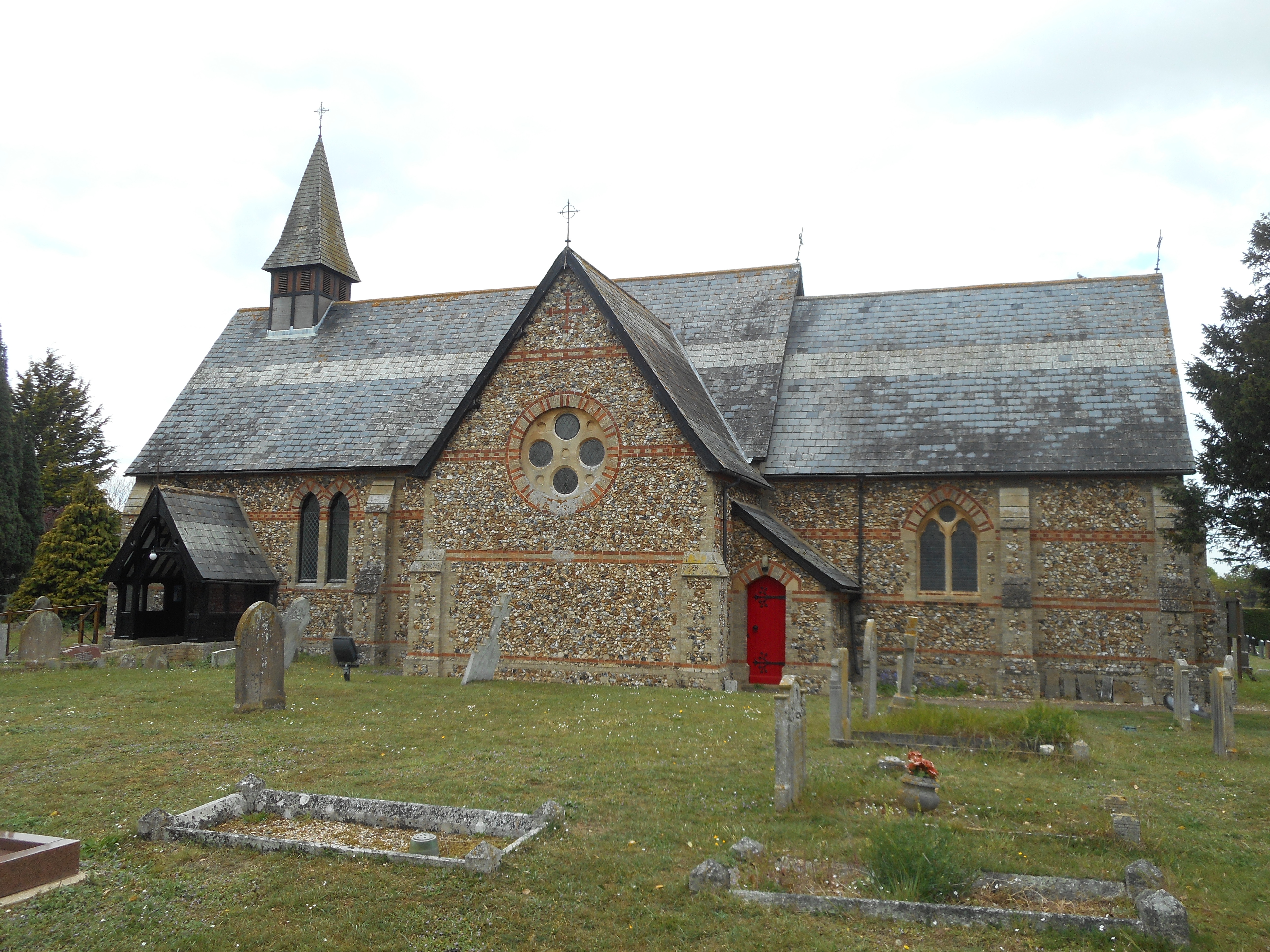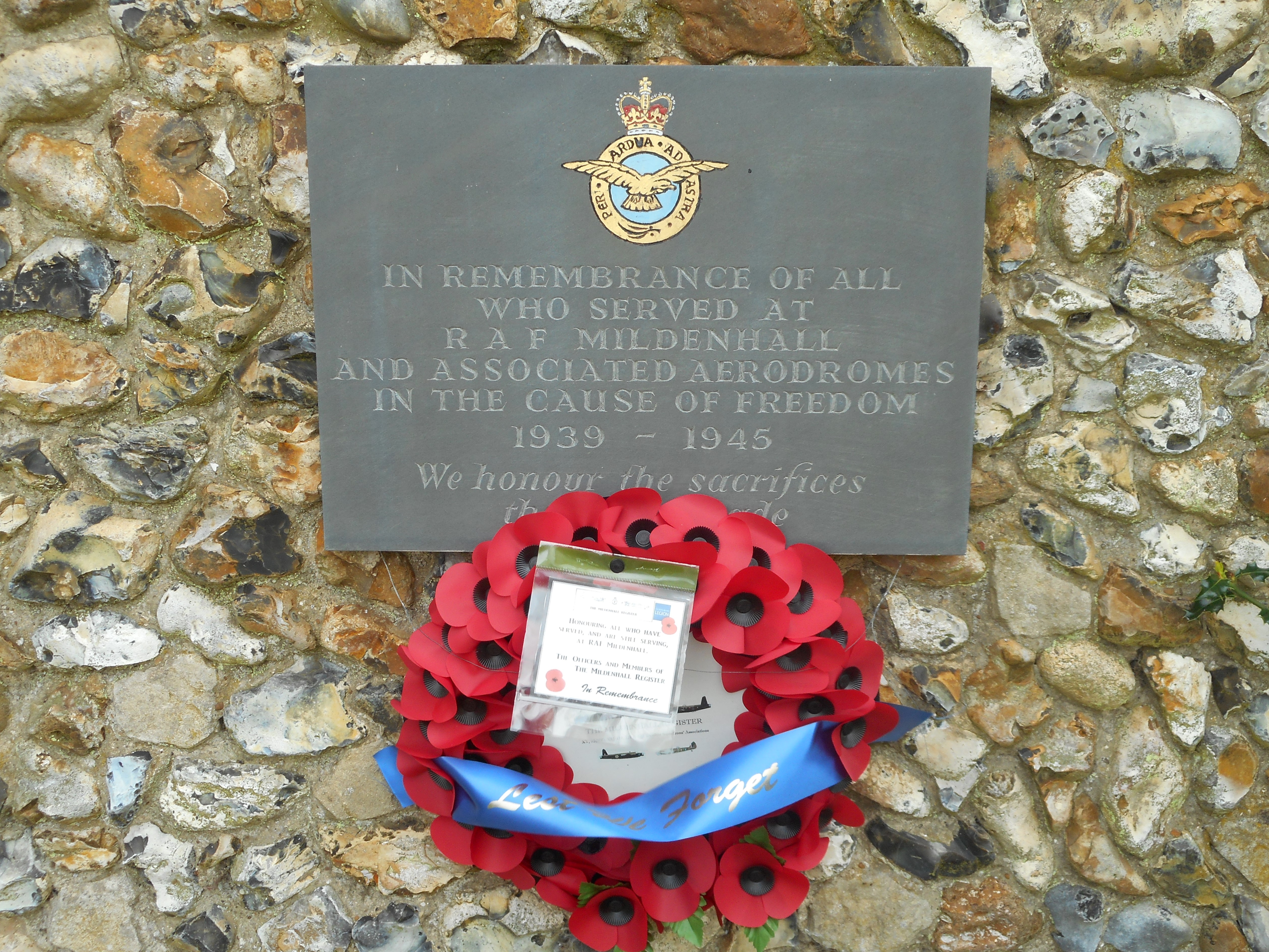Milner, Joseph Emmett
Personal Information
| Rank | W/O |
| Forename(s) | Joseph Emmett |
| Surname | Milner |
| Gender | M |
| Age | 30 |
| Decorations | |
| Date of Death | 01-09-1943 |
| Next of Kin | Son of Thomas Henry Milner and Marguerite Milner (née MacDonald), of Vankleek Hill, Ontario. |
Aircraft Information
| Aircraft | Short Stirling III |
| Serial Number | EE912 |
| Markings | LS-U |
Memorial Information
| Burial/Memorial Country | Germany |
| Burial/Memorial Place | Berlin 1939-1945 War Cemetery |
| Grave Reference | Coll. grave 2. G. 14-18. |
| Epitaph |
IBCC Memorial Information
| Phase | 2 |
| Panel Number | 213 |
Enlistment Information
| Service Number | R/79162 |
| Service | Royal Canadian Air Force |
| Group | 3 |
| Squadron | 15 (XV) |
| Trade | Pilot |
| Country of Origin | Canada |
Other Memorials
| Location | Church of St. John, Beck Row, Suffolk |
| Country | United Kingdom |
| Memorial Type | Inscribed Slate Tablet on rear external wall of Church |
| Memorial Text | In remembrance of all who served at RAF Mildenhall and associated aerodromes in the cause of freedom, 1939-1945 |
Miscellaneous Information
| Joseph was born on 5 August 1913 at Vankleek Hill, Ontario. His father was a well respected local farmer and Joseph had brothers, Colin, Thomas, Ray, Evan Patrick, and Guy Benedict. There was also a sister, Margaret Joan. The schools he attended were No.3 Public School 1921- 1928 and Vankleek Hill Collegiate Institute, 1930-1934. Joseph worked at Siscoe Gold Mine as a Filter Man between 1935-1940, then at Siscoe Island as a Milkman and between 1928-1930 and again 1934-1935 he worked on his father’s farm. He liked to play softball and enjoyed boxing. |
| He enlisted in Montreal on 19 February 1941 and after training was sent to the U.K. He arrived on New Year’s Day 1943, reaching 3 PRC on 2 January 1943, 14 (P) AFU on 12 January 1943 and 26 OTU on 16 March 1943. |
| This family eventually had to grieve for three of their sons, all lost to the RCAF. Guy Benedict on 12 June 1943 and Evan Patrick on 29 January 1944. After the loss of three of his brothers, Colin, who was also serving overseas, was sent home. |
Commonwealth War Graves Commission
The National Archives
| Record of Events (Operational Record Book) AIR 27/203/64 |
| Summary of Events (Operational Record Book) AIR 27/203/63 |
Fellow Servicemen
Last Operation Information
| Start Date | 31-08-1943 |
| End Date | 01-09-1943 |
| Takeoff Station | Mildenhall |
| Day/Night Raid | Night (1% moon) |
| Operation | Berlin. 622 aircraft, 47 losses (7.6%). Stirling losses were some 16.0% Fighter flares were used by the German night-fighters for the first time to mark the path of the main force both into and out of the target area. This raid was not a success. Cloud, combined with the now familiar problems with the H2S equipment and the effective defences of the city conspired to make the PFF marking very difficult. Creepback was an additional problem and it is said that the fires stretched back some 30 miles! Only 85 homes were destroyed. There were 68 deaths. Goebbels ordered that all children and any adults not engaged in war work be evacuated to the country. |
| Reason for Loss | Crashed at Roskow, NE of Brandenburg |

